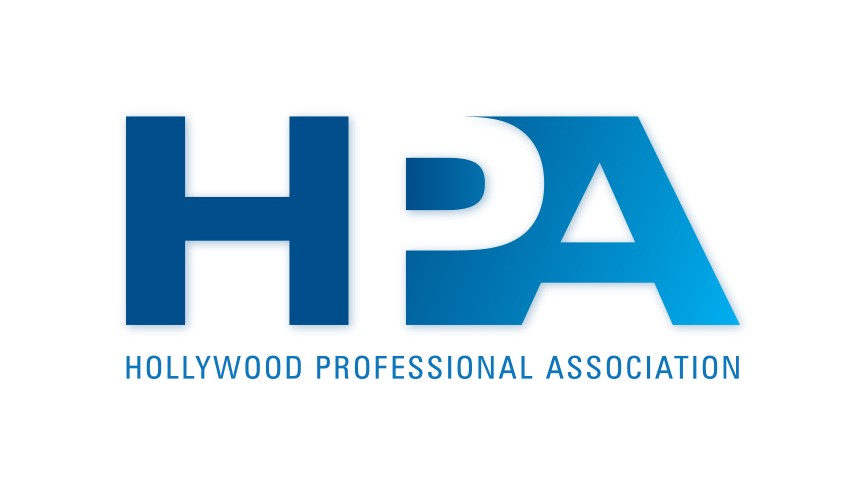Major League Baseball awarded U.S. patent for online geolocation technology

Major League Baseball Advanced Media (MLBAM), which runs http://www.MLB.com/, http://www.MLB.tv/ and the league’s mobile subscription services, has been granted a U.S. patent for a technology that helps determine the geographic location of an online user of its Web content. The technology was designed to help preserve TV blackout rules on the Internet.
The patent (No. 7,486,943) uses geolocation technology to estimate the whereabouts of Web surfers based on IP addresses. MLBAM can then compare the user’s location with a set of rules to determine whether to provide access to a video feed of a particular game in accordance with TV blackout restrictions.
MLBAM said it believed the patent is the first issued by the U.S. Patent and Trademark Office to the baseball industry in the modern era. The league applied for the patent in December 2004. Baseball has an additional 10 patent applications awaiting a decision.
Determining where a subscriber is physically located when he or she logs on to watch a sporting event is necessary to avoid violating the blackout rules. TV stations throughout the nation purchase exclusive broadcast rights from the MLB teams that specify coverage in precise geographical areas.
MLBAM’s system enables the service to locate where subscribers are logging on and blocks them from receiving streaming video of a game if they are located in a region where a TV broadcaster has the exclusive rights to show the game.
MLBAM CEO Bob Bowman said that without the subscriber blocking system, Major League Baseball would be prevented from streaming games over the Internet.
The MLB, which has more than 1 million subscribers, locates them by combining several different kinds of tracking software. Quova, based in Mountain View, CA, uses its software to determine a user’s network address. The software makes a series of best guesses and assigns a confidence factor to the estimate. MLBAM then uses other sources, such as payment data, to verify a user’s physical location.
The professional video industry's #1 source for news, trends and product and tech information. Sign up below.
The patent office describes the method as “receiving over a network a request to view a rules-based event at a computer, obtaining a first estimate of geographic location of the computer where the first estimate of geographic location includes a first confidence determination, and obtaining a second estimate of geographic location of the computer if the first confidence determination is less than an established confidence level.”
It goes on to say, “the first and second estimates of geographic location define a composite estimated geographic location of the computer. The method further includes retrieving information on a geographic location of the rules-based event, comparing the retrieved information on the geographic location of the rules-based event, with the composite estimated geographic location of the computer, and providing access to the rules-based event based on access rules and the comparison of the retrieved information on the geographic location of the rules-based event and the estimated geographic location of the computer.”
